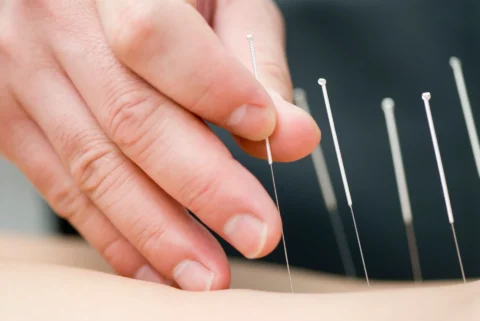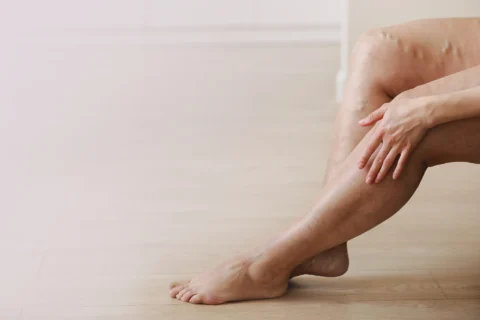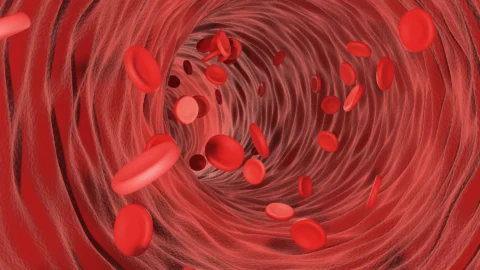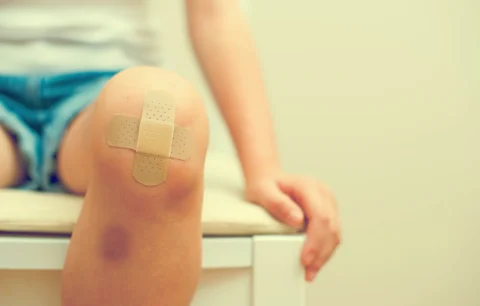Young people are often regarded as being in their prime, with them generally being in their best state of bodily functions and energy. Most of them are aware of this fact but often have a carefree attitude regarding their health, often neglecting a healthy lifestyle, and thinking that they won’t contract diseases anytime soon.
But can young people get chronic venous insufficiency? Yes, because obesity, a condition that may also be observed in young people, poses an increased risk for an individual to develop chronic venous insufficiency. Disorders related to chronic venous insufficiency like Klippel-Trenaunay syndrome (KTS) and post-thrombotic syndrome may be seen in children as well.
How Chronic Venous Insufficiency Occurs
In normal and fully functioning leg veins, blood flow is made unidirectional due to one-way valves that prevent the backflow of blood despite the low pressure in the veins that drive blood towards the heart. This is true with both superficial veins (which includes the different types of saphenous veins) and deep vein (which includes femoral vein, popliteal vein, tibial vein, and fibular vein).
The pathophysiology or the mechanism to which chronic venous insufficiency occurs and causes blood to pool in the veins may be divided into reflux, blockages in blood vessels, or a combination of the two.
Venous reflux occurs in a multifactorial fashion. The incompetence of the venous valve, an inflammatory response in the venous wall, venous hypertension, and other hemodynamic factors play a major role, with dysfunctional pump mechanisms aggravating the health threat that they pose in the leg veins.
On the other hand, blockages in blood vessels may result from a medical condition called deep vein thrombosis or pelvic vein thrombosis.
Venous leg ulcers may also ultimately result as a complication of chronic venous insufficiency, which may occur due to a combination of venous reflux and obstruction that lead to abnormalities in the direction of blood flow.
Chronic Venous Insufficiency is Observed in Children and Teenagers
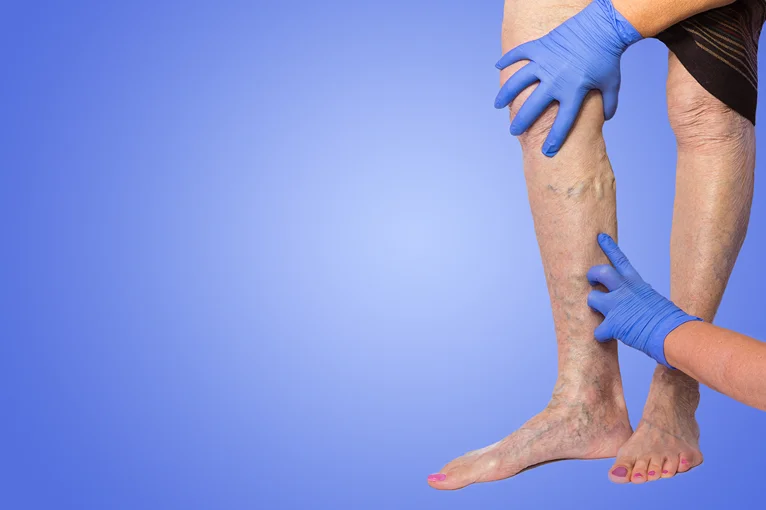
Chronic venous insufficiency is observed in children and teenagers, particularly those that are diagnosed with a rare disease called the Klippel-Trenaunay syndrome and post-thrombotic syndrome. However, the standardization of the diagnosis of CVI in children is still elusive to this day, resulting in the uncertainty of the exact causes of these venous diseases in young people.
1) Klippel-Trenaunay Syndrome
The exact mechanism as to how Klippel-Trenaunay Syndrome occurs is still unknown, although it’s speculated to be associated with a genetic abnormality at chromosome 18. It manifests in a wide variety of clinical manifestations, which include the following:
- Hypertrophy or enlargement of the affected limb
- Capillary malformations in the affected limb
- Varicose veins
- Bleeding of the gastrointestinal tract
- Blood in the urine and enlargement of kidneys
- Difference in the length of legs resulting to hip dislocations and scoliosis
2) Post-Thrombotic Syndrome
According to a review of several studies, post-thrombotic syndrome in children occurs in 26% of all deep vein thrombosis patients studied.
This disease occurs because of venous hypertension leading to reflux of vein valves, blockages in the veins, and other factors that cause the impairment in the return of blood into the heart.
It’s characterized by edema (building up of excess fluid in the legs), leg pain, dilation of superficial collateral veins, stasis dermatitis (reddish skin discoloration of the affected leg), and leg ulcers.
Risk Factors for Chronic Venous Insufficiency
It’s clear that genetic predisposition to the development of chronic venous insufficiency is an important risk factor in the development of this disorder in young people. Aside from this, obesity, which is also increasing in prevalence in young people, is another risk factor for chronic venous insufficiency because of increased venous pressure in the lower limbs.
Other risk factors in developing chronic venous insufficiency include the following:
- A medical history of deep vein thrombosis or blood clot in the deep veins
- Inactivity
- Use of oral contraceptives
- Injury in the legs
- High blood pressure
Vein Center Doctor: Offering Excellent Treatment for Chronic Venous Insufficiency
At Vein Center Doctor, we combine the latest technologies with the expertise of our healthcare providers headed by Dr. Rahul Sood. We offer excellent vein disease treatment procedures that are proven to be safe and effective for chronic venous insufficiency, such as the following:
- Radiofrequency Ablation – Radiofrequency ablation entails the delivery of radiofrequency to the affected vein through a catheter. This effectively leads to the shutting off of this vein due to the formation of fibrotic scar surrounding the target vein due to the damage in the endothelium or the inner lining of the vein. This then leads to the redirection of the blood flow to the functional veins.
- Endovenous Laser Treatment – Endovenous ablation entails the delivery of laser diodes to the target vein also through the use of a catheter. This also leads to the formation of a fibrotic scar that surrounds the target vein, leading to the closing off of this vein and redirection of blood flow to the functional veins.
- Sclerotherapy – Sclerotherapy involves the use of sclerosants or chemicals that can irritate the endothelium, also leading to the closure of the damaged vein. It’s a useful procedure that can be used in small veins like spider veins, especially where catheters can’t be placed. Common sclerosants that can be used include 23.4% sodium chloride and sodium tetradecyl sulfate.
- VenaSeal Closure System – Undergoing VenaSeal closure system procedure is like applying glue to the varicose veins to effectively close them. It’s a minimally-invasive procedure that’s guided with ultrasound for the delivery of the VenaSeal adhesive.
- Compression Therapy – Compression therapy is the use of equipment like compression garments and compression stockings to provide a graded compression to the leg to act as opposers to the hydrostatic forces from venous hypertension. It’s considered the standard of care for chronic venous insufficiency and chronic venous ulcer.
Get Excellent Chronic Venous Insufficiency Treatments and More at Vein Center Doctor
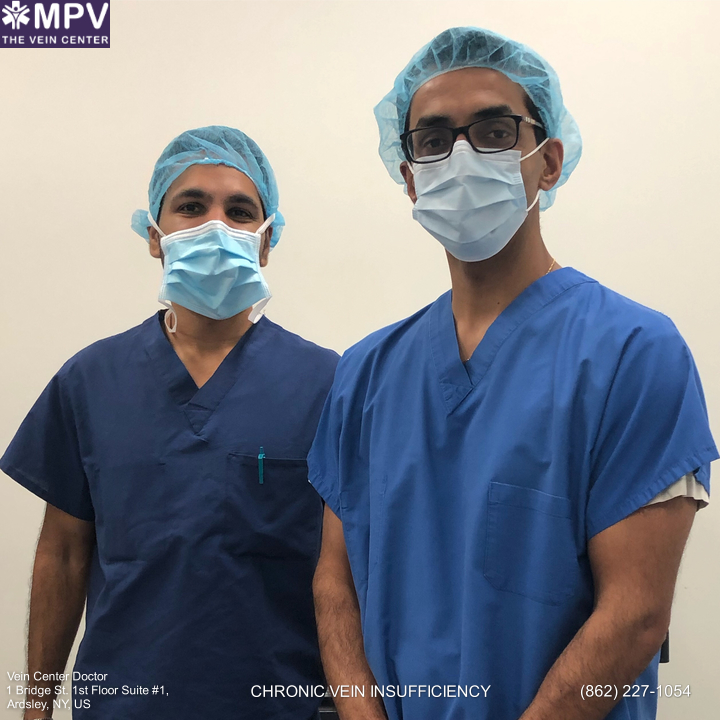
Although chronic venous insufficiency is a condition more commonly seen in the elderly, young people aren’t exempted from developing this condition. This is because obesity, which is seen among young people, is also a risk factor in its development. Genetic conditions like KTS and post-thrombotic syndrome are also commonly seen in children as well.
At Vein Center Doctor, we’re here to help alleviate the bothersome leg symptoms you experience. We provide personalized treatment plans to restore the vein health of our patients, and also make sure that our treatments are as age-appropriate as possible. Start your chronic venous insufficiency treatments today and contact us today at 1-862-500-4747.



